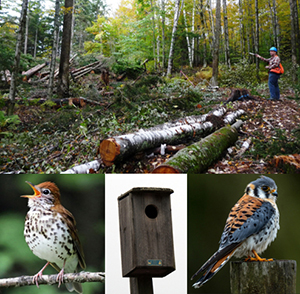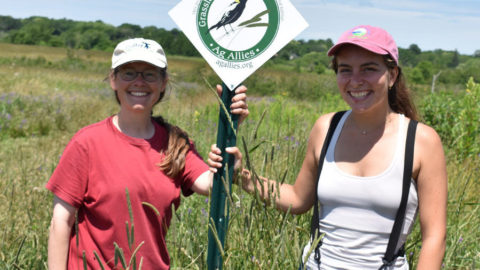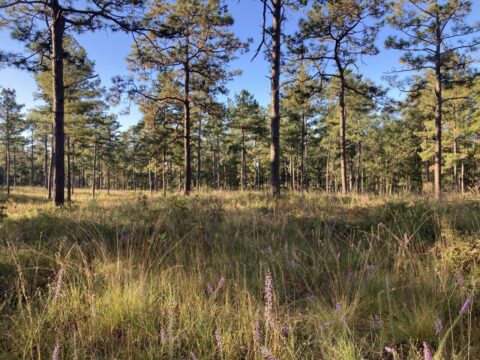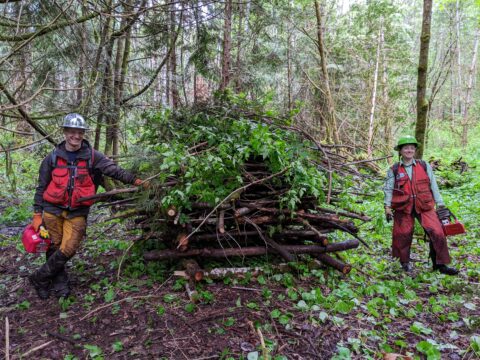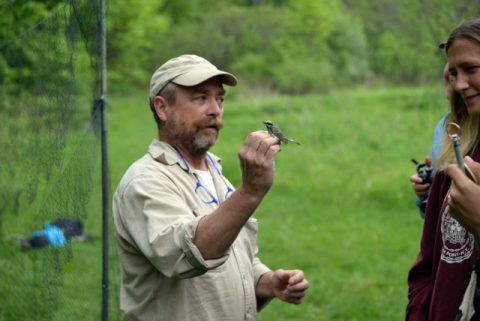Virginia Grassland Bird Initiative Collaborative
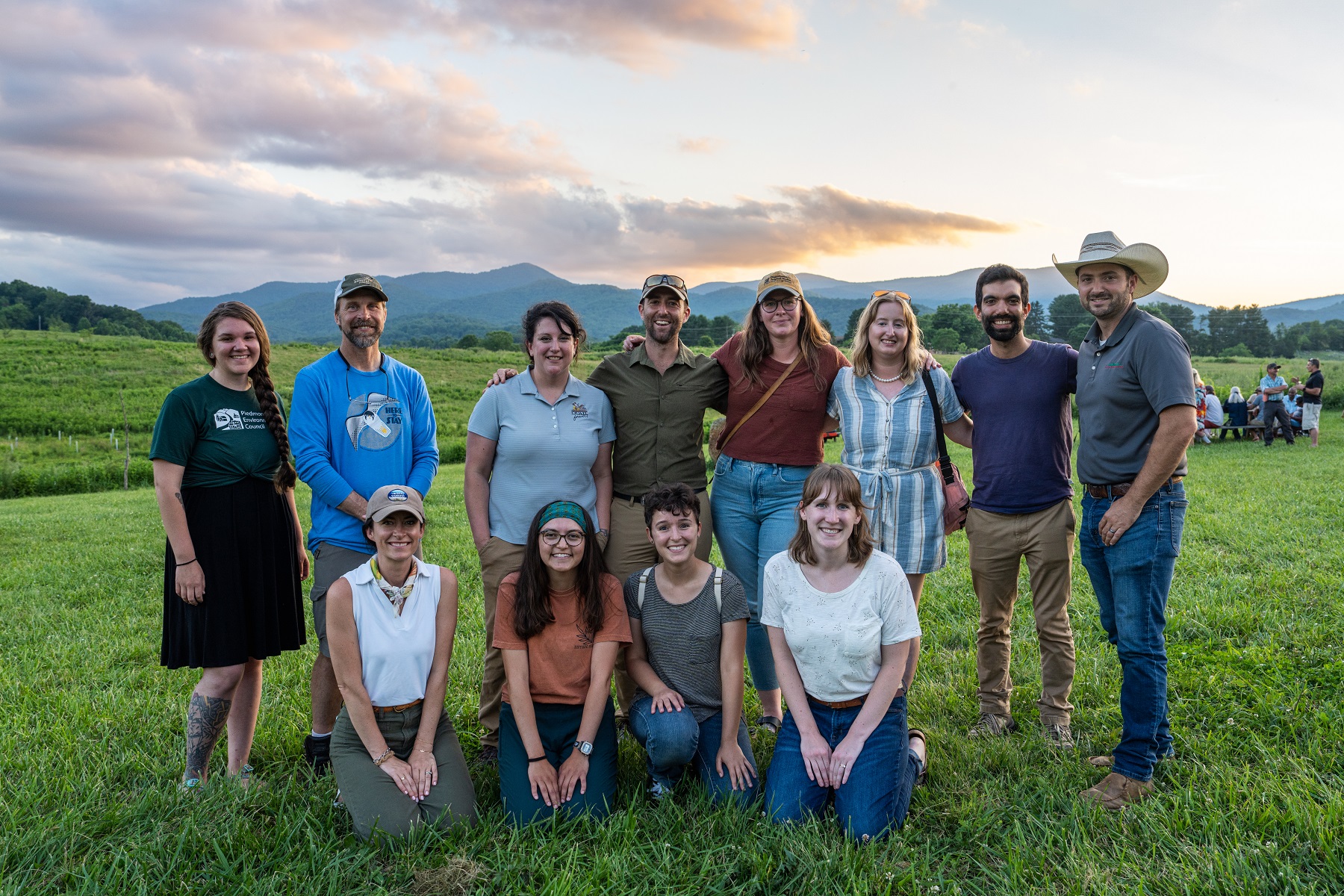
With support from the Cornell Land Trust Bird Conservation Initiative (LTBCI), the Virginia Grassland Bird Initiative (VGBI) has protected more than 3,600 acres of grassland bird habitat through implementation of best management practices since its launch in 2021. In 2024, the VGBI became the LTBCI’s newest Conservation Collaborative.
A partnership between Smithsonian’s Virginia Working Landscapes (VWL), The Piedmont Environmental Council (PEC), American Farmland Trust (AFT), and Quail Forever (QF), VGBI is developing novel ways to reverse the declines of grassland birds on working lands in the Virginia Piedmont, Blue Ridge, and Shenandoah Valley. Together, VGBI partners work with landowners and producers across 16 counties to restore grassland habitat for the benefit of birds and farms.
As VGBI’s founding land trust partner, PEC works to ensure that the beauty and abundance of the Virginia Piedmont endures. An accredited land trust, PEC engages landowners, supports conservation partners, and actively pursues the permanent protection of the Piedmont through conservation easements and other tools. To date, more than 440,000 acres or 20 percent of VGBI’s Piedmont working region is protected with private conservation easements.
Through this program, we’re showing that conservation and agriculture can go hand in hand.
October Greenfield, VGBI Co-Coordinator
To expand the Conservation Collaborative, VGBI will focus on the following goals:
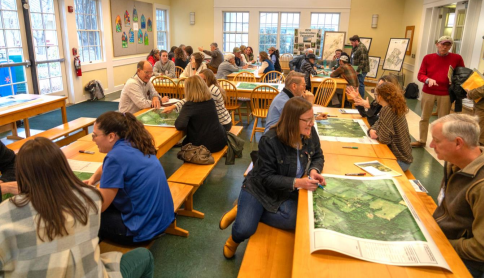
Goal 1: Outreach & Education
VGBI Collaborative partners will offer workshops on how to successfully incorporate a suite of best management practices (BMPs) onto working landscapes. Delayed hay cutting in the spring as well as summer pasture stockpiling (a component of rotational grazing that allows paddocks to be adequately rested) are two focal practices that have been vetted to protect grassland birds during their vulnerable nesting season. VGBI works with landowners and farmers to integrate these BMPs into their management plans while connecting them with funding support from state and federal agencies (e.g. NRCS) in order to accelerate the adoption of these practices, therefore amplifying sustainable bird-friendly grassland practices throughout the initiative’s 16-county region. Conservation Speed-Dating Workshops—novel outreach events developed by VGBI—will bring farmers and their county’s technical service providers together in a fun and engaging format that generate noteworthy numbers of follow-up site visits. These workshops will connect new landowners in the Shenandoah Valley with the region’s land trusts, accelerating the pace of land conservation and enhancing wildlife habitat.
Goal 2: Training Opportunities for Conservation Practitioners
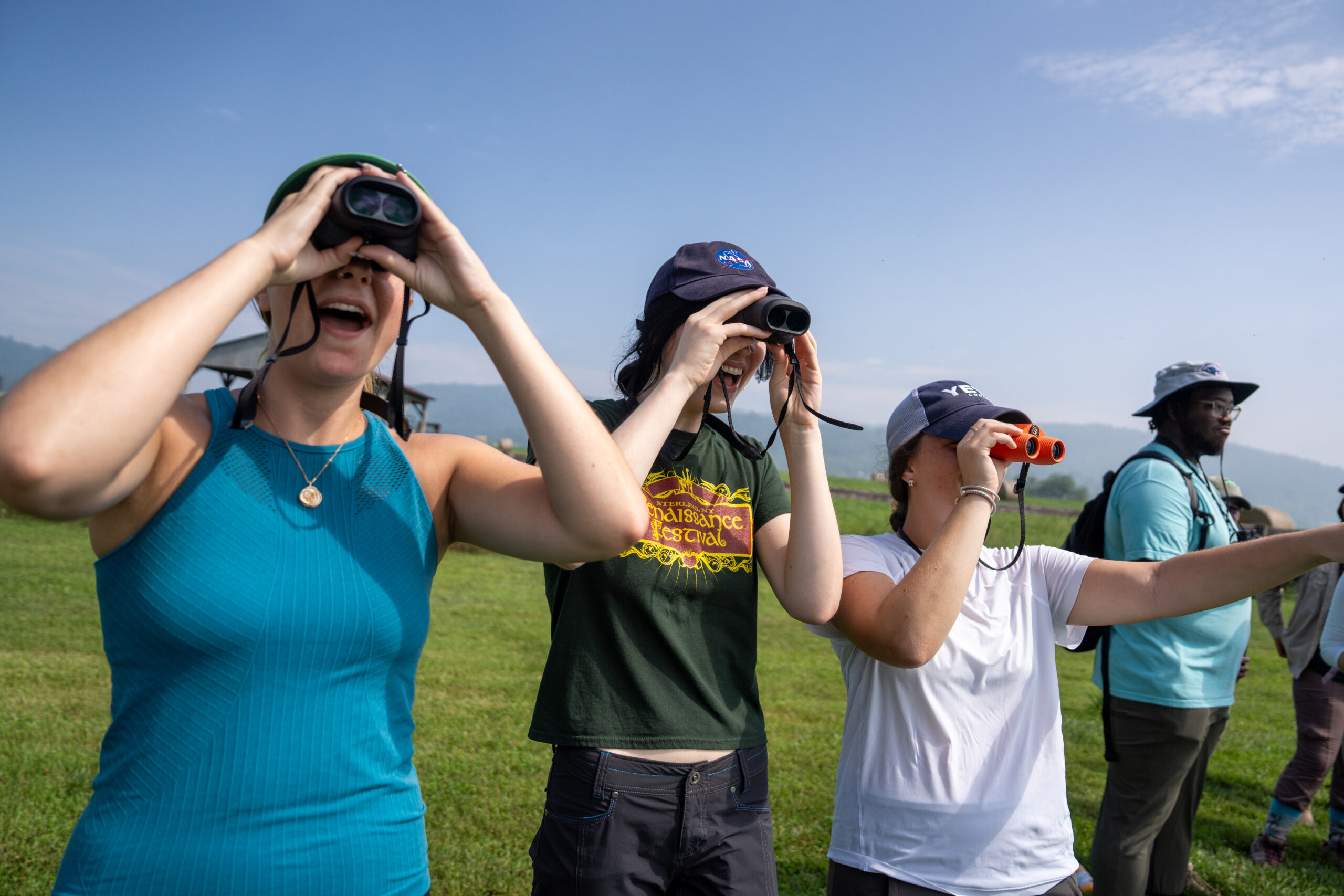
VGBI partners will offer new opportunities to support training for land trust staff on sustainable bird-friendly land management practices. The goal of these trainings will be to unite land trust staff from multiple organizations and highlight the year-round management needed to support the diverse needs of these birds while practicing sustainable farming techniques. Land trust staff will have opportunities to learn about the programs offered by other organizations and how they can be promoted. In addition, these events will help strengthen partnerships among land trusts across the region, energizing better communication and meaningful collaboration, and will result in joint site visits for multiple organizations, land trusts, and agencies.
Goal 3: Incentives Program Payments in 2025
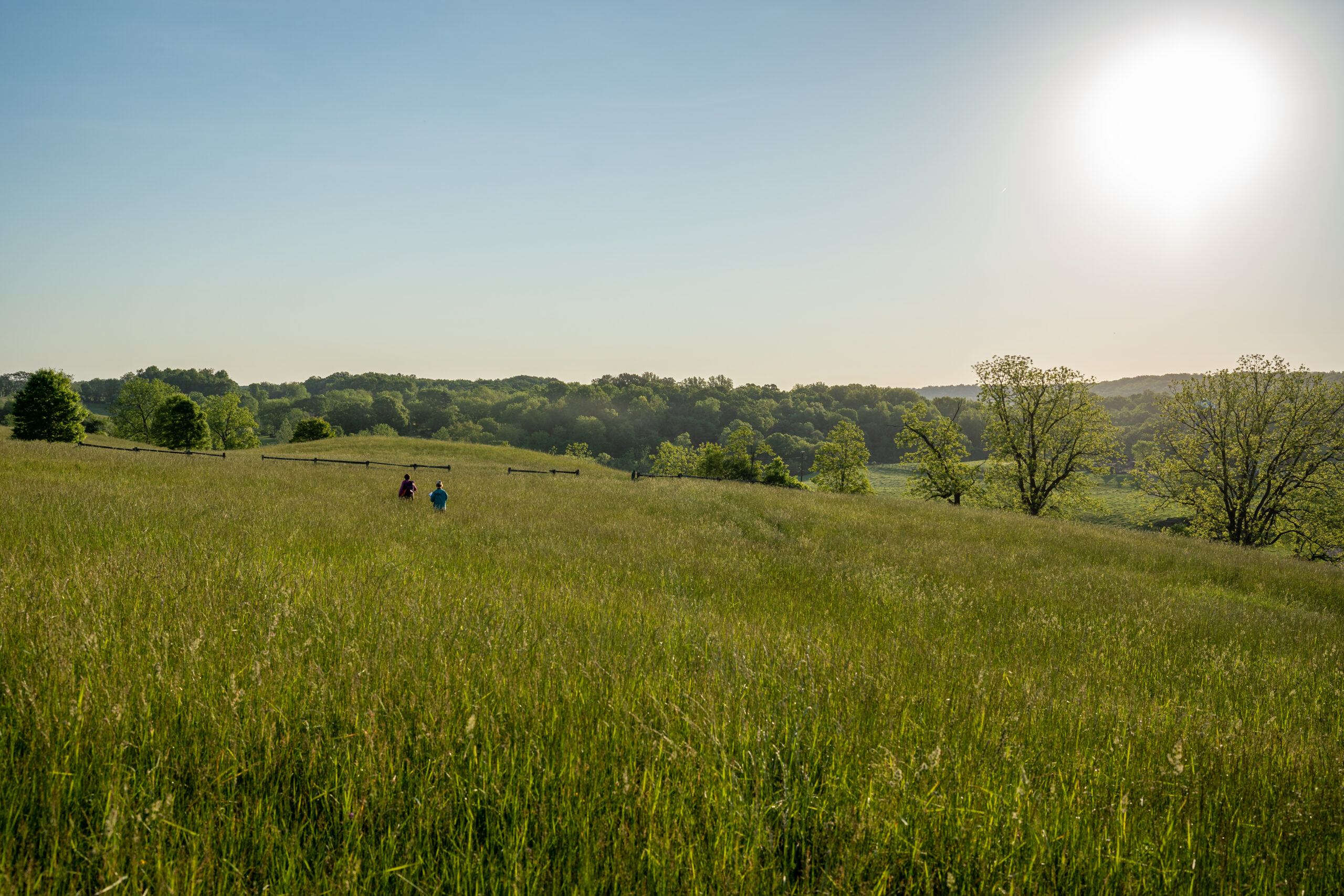
VGBI partners will grow their grassland conservation efforts throughout the Shenandoah Valley by utilizing existing landowner and partner networks. Specifically, VGBI will grow its incentives program, which provides payments to farmers interested in adopting grassland bird-friendly agricultural practices into their long-term production goals, but who might be hesitant about the initial financial risks. By doing so, VGBI will amplify the scope of the Collaboration in the Shenandoah Valley and provide financial and technical assistance for incorporating birds as part of holistic planning on working lands in Virginia. This approach will balance the needs of birds and farmers, while putting more grassland acres on the landscape for at-risk species such as Bobolink, Grasshopper Sparrow, and Eastern Meadowlark.
Farms and forests have long been part of Virginia’s culture; as two of Virginia’s largest industries, agriculture and forestry together contribute over $91 billion and more than 334,000 jobs to Virginia’s economy each year. Hundreds of thousands of tourists come to experience Virginia’s natural wonders, undisturbed scenic views, and historic heritage, contributing about $21.5 billion to the state’s economy annually. However, the Virginia Piedmont and Shenandoah Valley are also near fast-growing metropolitan regions in Washington, DC, and northern Virginia, and highly susceptible to development.
Consequently, the land trusts in the region play a pivotal role as one of the most crucial pillars in safeguarding and overseeing the preservation of remaining landscapes, ensuring optimal conservation opportunities for birds and their habitats. As the VGBI Collaborative grows, closer partnerships with more land trusts across the region will help build capacity and create new opportunities for grassland bird conservation.





